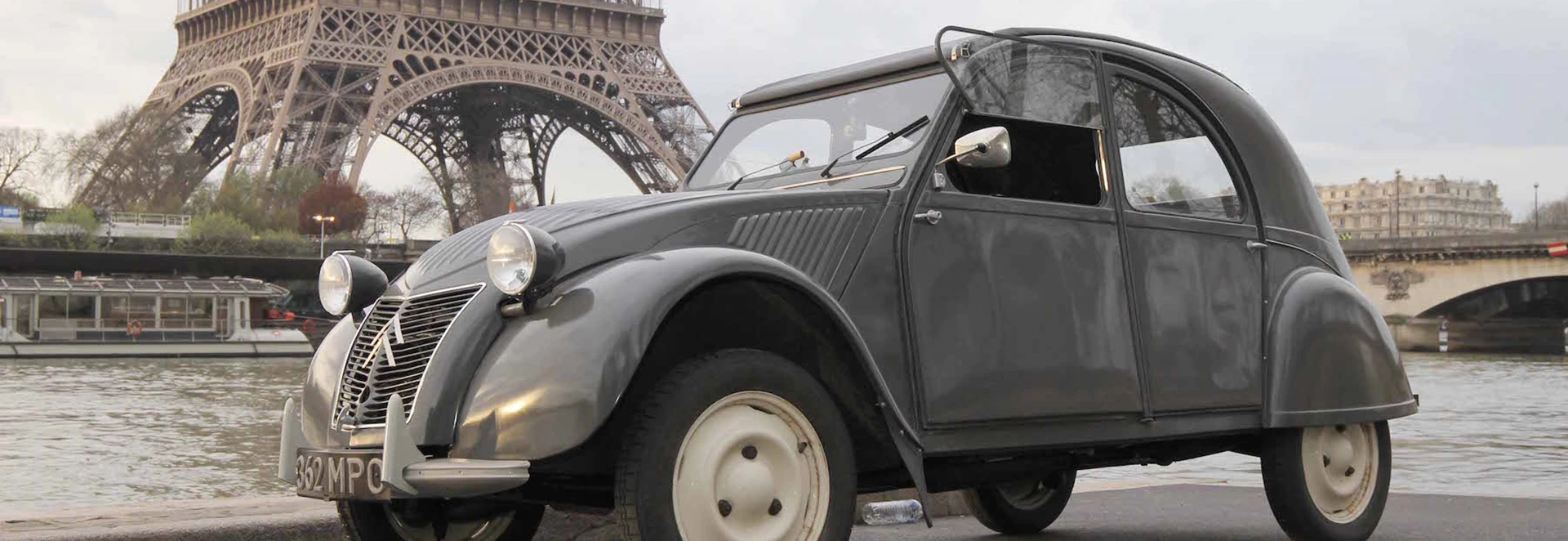Citroen is celebrating 100 years of existence this year. The French manufacturer has been famous over the years for reinventing the wheel. From groundbreaking design to clever suspension, Citroen has been a car maker to step outside the norm and create some radical cars. Here are a variety of the best and most famous Citroens produced in its centenary.
Citroen 2CV
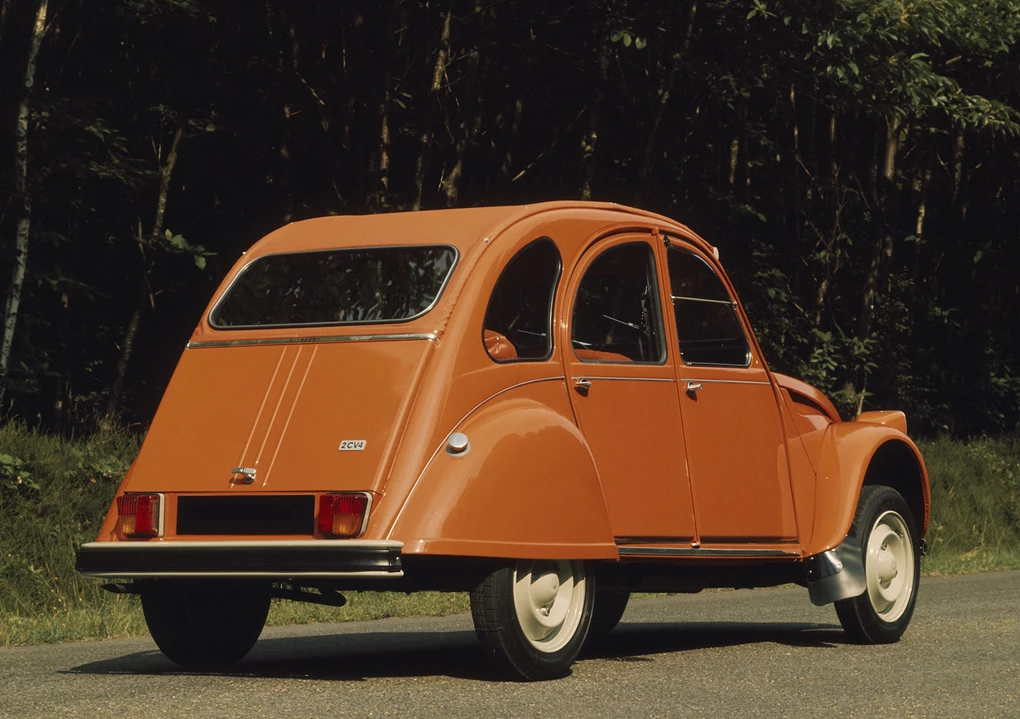
Like the Volkswagen Beetle, the 2CV was Citroen’s version of the people’s car. Produced from 1948 all the way to 1990, the 2CV found nearly four million homes. The 2CV was the world’s first small, front-wheel-drive sedan.
Originally designed in the late 1930s, the design chief Pierre-Jules Boulanger made sure the German army didn’t see his prototypes of the 2CV, so he would hide them in haylofts and buildings. Its creative design was also a revelation. The 2CV’s self-levelling suspension caused the car to have an extremely soft ride - mainly to get French farmers over fields without cracking any eggs.
Citroen DS
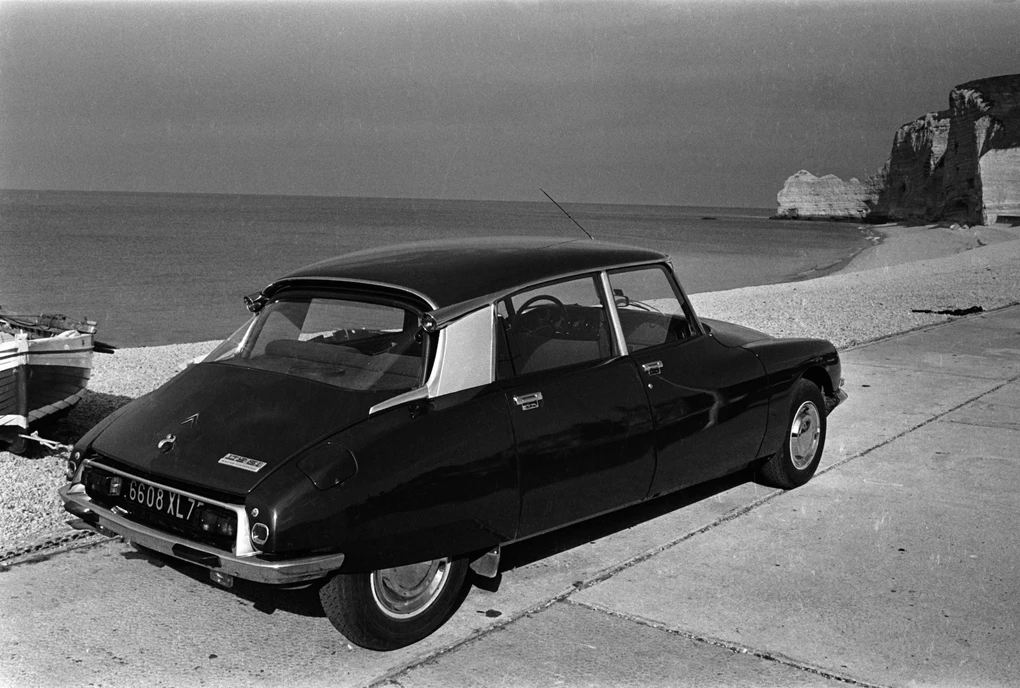
Produced between 1955 and 1975, the DS was famous for its hydropneumatic soft suspension. The DS redefined the word cool as it was a hugely iconic car for Citroen. It also featured disc brakes, power steering and a four-speed manual gearbox with no clutch pedal. Directionals headlamps that turned 80 degrees when turning the steering wheel was a new innovation with the DS. When it went out of production in 1975 Citroen had sold 1.5 million examples.
Citroen H Van
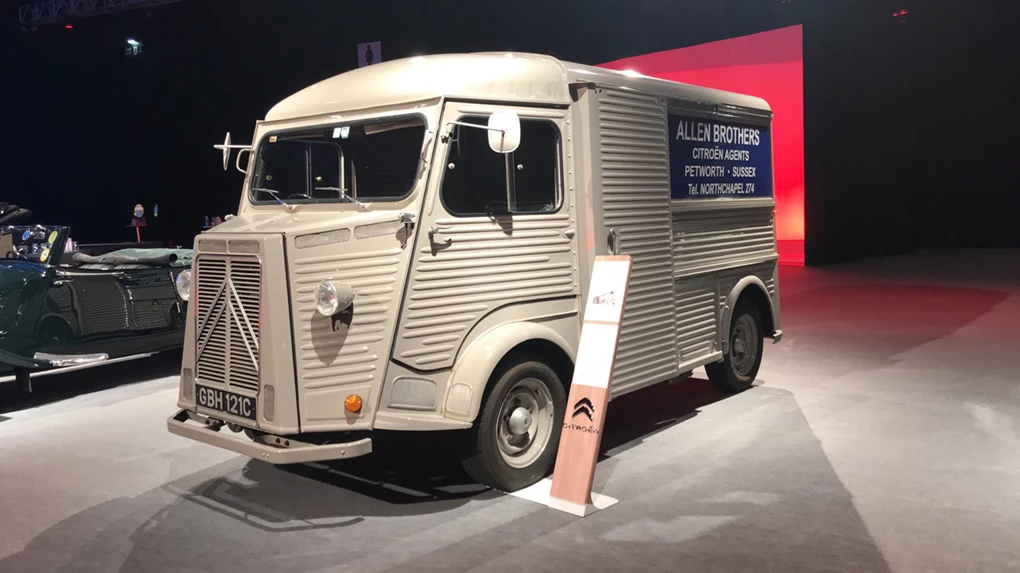
Another Citroen that had longevity in its life cycle was the H Van, built from 1948 to 1981. It was the French take on the Volkswagen Camper van and had four-wheel independent suspension and a unitary body with no separate frame, as well as front-wheel-drive. Even today, H Vans are seen at different kinds of events as ice cream vans and burger vans, with long and short wheel-base versions. The H Van is an iconic landmark for Citroen’s commercial vehicles.
Citroen SM
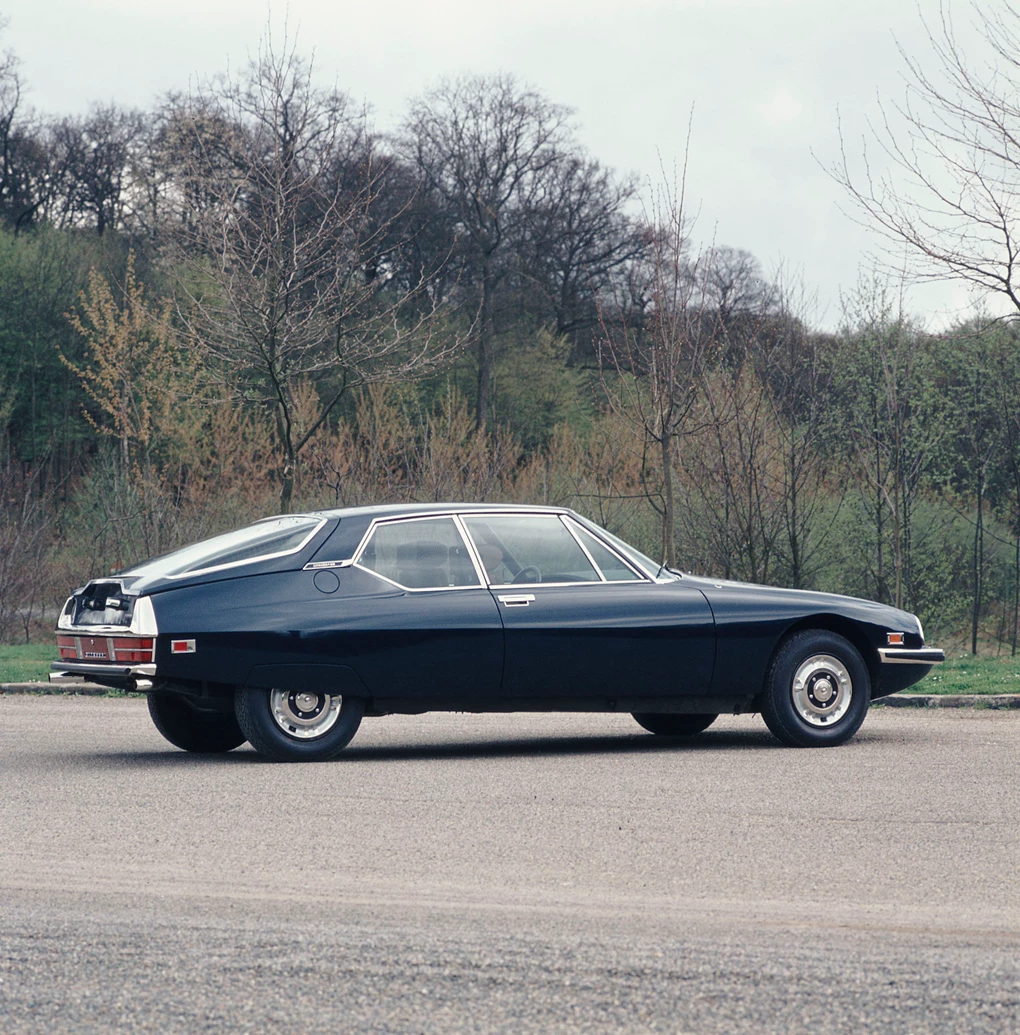
The SM was a grand touring coupe. Revealed at the 1970 Geneva Motor Show, the SM borrowed the hydropneumatic suspension found in its bigger brother, the DS. The SM combined legendary comfort with coupe looks, and in 1973, a quarter of sales for the SM were in the United States (very few French cars were sold in the US). In its five-year life Citroen produced nearly 13,000 SMs, so while this was never a big-seller, it’s a very iconic and collectable car from the firm.
Citroen Xsara Picasso
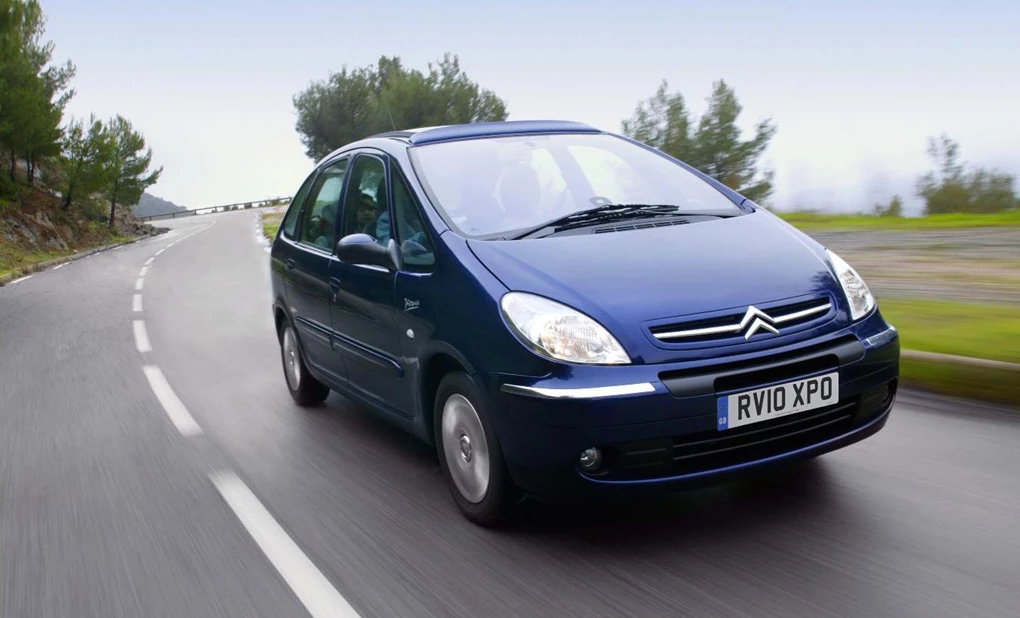
The Xsara Picasso was Citroen’s flagship mini MPV. Produced from 1999 until 2010 the Xsara Picasso was a comfortable and practical option for families. Whilst three full-sized seats in the back and fold away picnic tables meant the Picasso had lots of practical points to consider when buying. The Picasso name has just been dropped in favour of Spacetourer, but the Xsara Picasso still clocked up 1.5 million sales in its lifetime.
Citroen C6
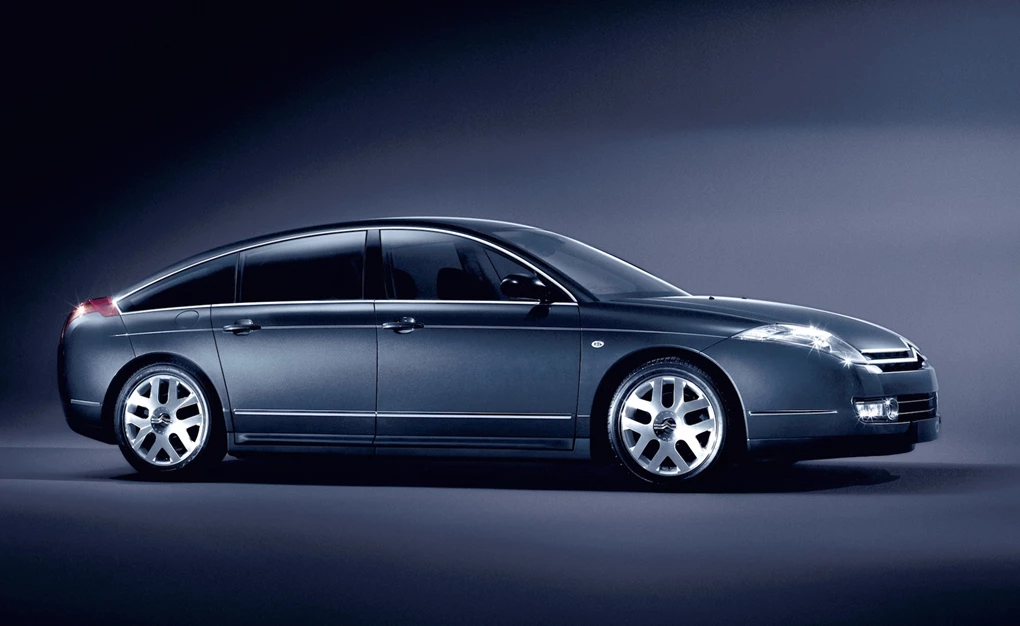
The Citroen C6 was the brand’s comeback in the executive market to take on the likes of the Audi A6 and BMW 5 Series. The C6 didn’t sell in huge numbers but its looks alone and £35,000 price put it in a class of its own. The most popular variant was the 2.7-litre HDI diesel as it was in favour with company car drivers at the time. But the more desirable model was the 3.0-litre V6 petrol as this engine was silky smooth and suited the cars image and driving experience.
Citroen Traction Avant
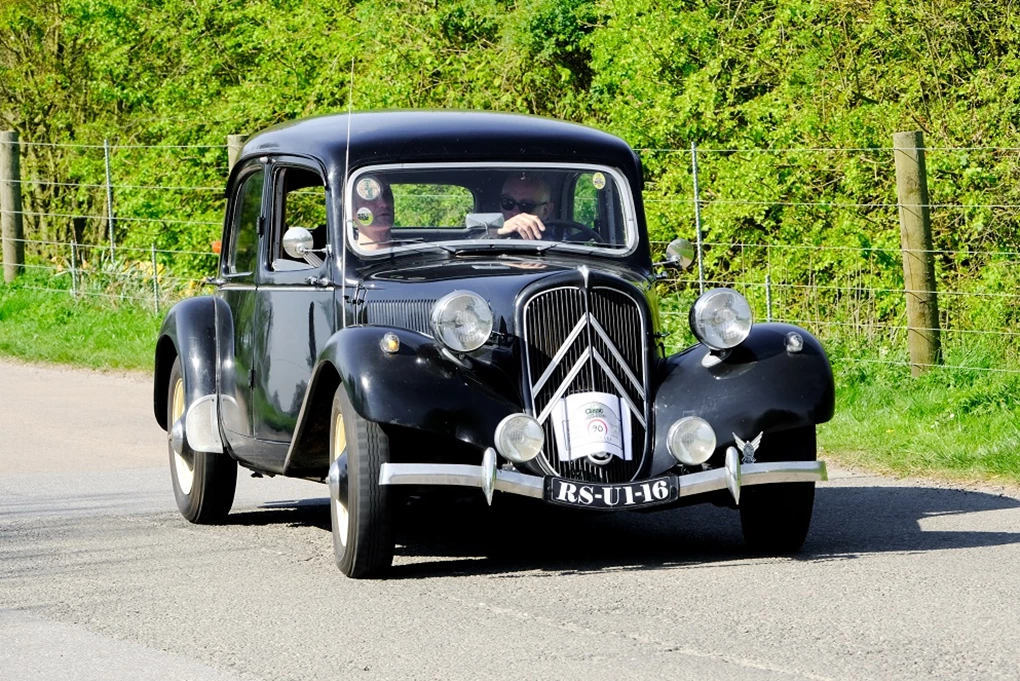
The Traction Avant had a number of different models available, such as the Traction 15 6, the 7 and the 7A. Approximately 760,000 Tractions were produced in its 23-year production. The Traction Avant was the car that put front-wheel-drive into the mass car market and came in all different types of body style - a five-door hatchback, a pick-up, a four-door saloon, a two-door convertible and a two-door saloon.
Citroen Saxo
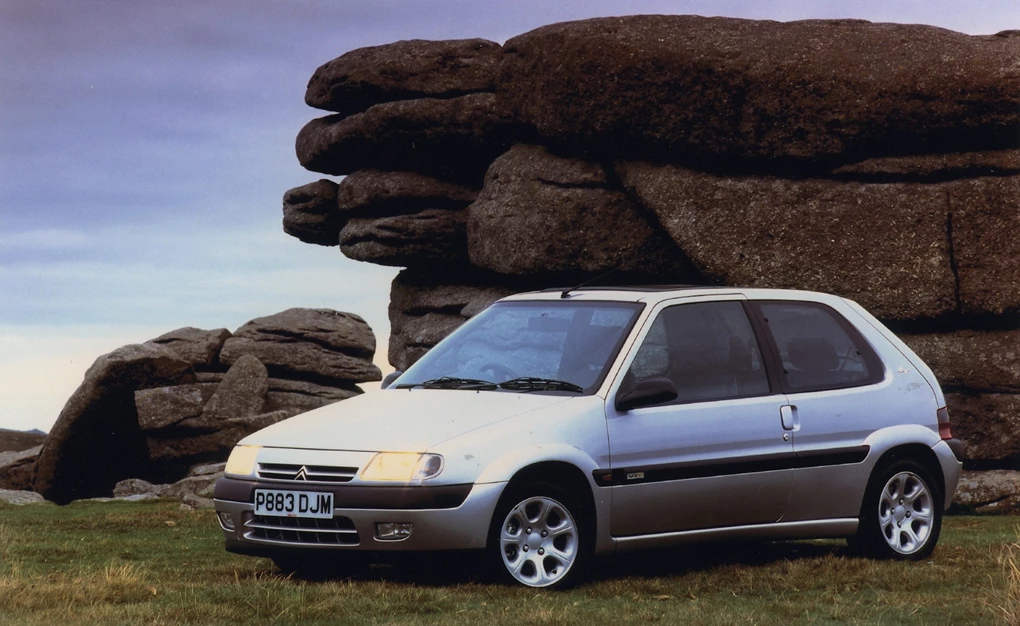
The Saxo was a car that gave a new breed of car enthusiast. When the Saxo was first launched in 1996, Citroen had no idea that this car would go on to become an icon in the modified car scene. In VTS spec it was one of the best pocket rockets at the time. There were endless permutations of how you could make a Citroen Saxo look with modifications, and thousands of pounds could be spent on them to look almost unrecognisable from how they left the factory.
Citroen C4 Cactus
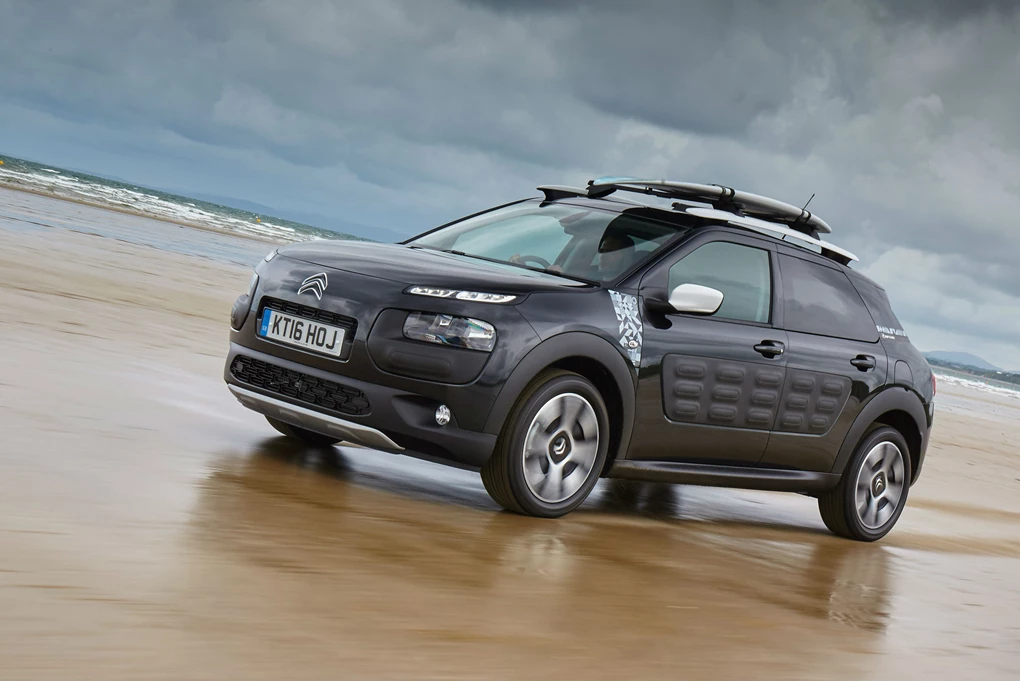
The C4 Cactus was part of Citroen’s left-field contribution. When it was first launched back in 2014, the company had created a completely new design to protect the car from bumps and scrapes. The Airbump system, as Citroen called it, used big slabs of plastic down both sides of the car containing thermoplastic polyurethane, filled with small air pockets designed to absorb any knocks that may come into contact with the material. This feature alone made it a unique proposition, and saw a reinvention of the creative Citroen not seen for several years.
Citroen DS 3
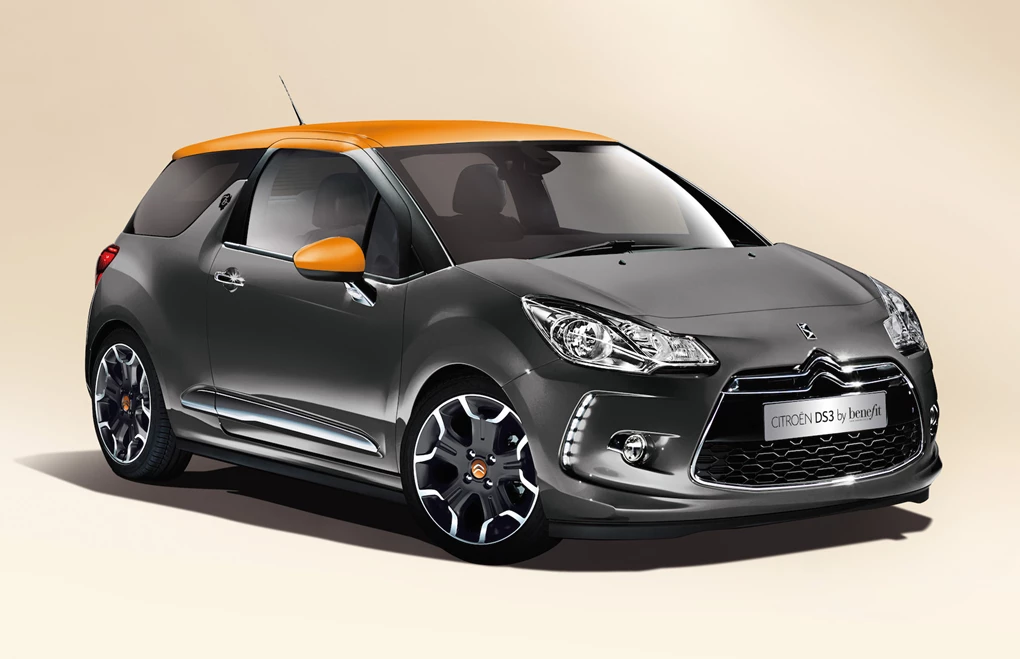
The DS 3 was the kick start of the DS brand. When this hatchback was first launched, it had the Mini as its biggest rival. With different colour combinations and a Racing version in 2011, the DS 3 was a funky little car. Citroen decided in 2014 to make the DS brand a standalone premium brand, with the DS 3, being joined by the 4 and 5. Without this car, DS may have not existed today as a standalone firm.
